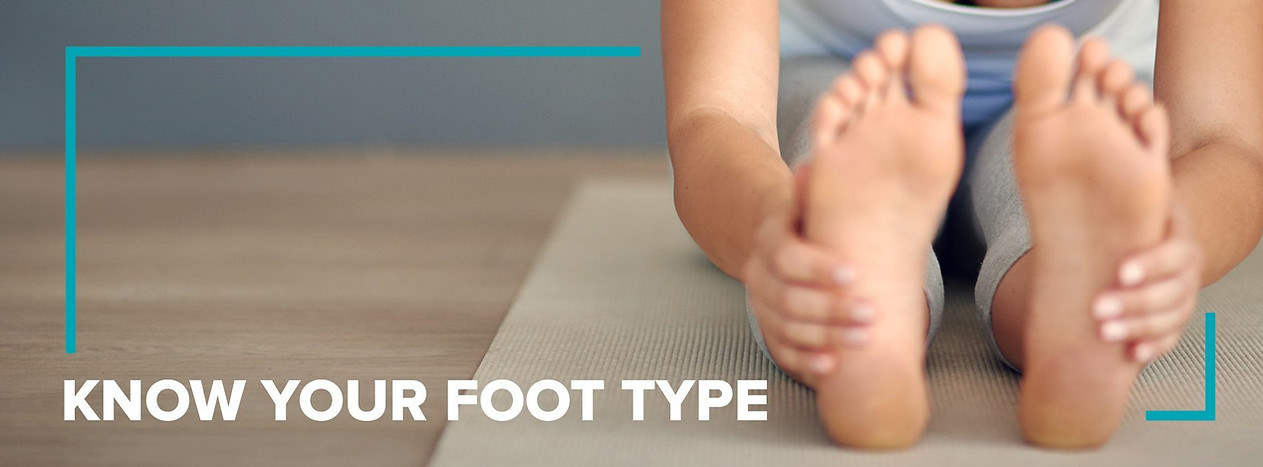
The Medial Arch: Your foot's natural shock absorber
When we talk about our arches, we're most often referring to the medial longitudinal arch. Spanning the heel to ball of the foot, its main function is to distribute body weight and to absorb shock.
The medial arch has four common height postures:
collapsed, low, normal or high - and each can affect the functionality of the foot.


Collapsed or Low Arch
Those who have collapsed or low arches are very likely to over-pronate. Collapsed medial arches can lead to poor foot function, instability and reduced shock absorption, resulting in pain and increasing susceptibility to injury.
FootBalance Custom Insoles can help by properly supporting, while dynamically activating the arches to help prevent them from falling further.

High Arch
A foot with a high arch is often too rigid and inflexible, which increases the likelihood of supination during walking & running. This results in poor shock absorption, much of which can transmit up the kinetic chain into the leg, hip & back.
FootBalance Custom Insoles flex while offering superior cushioning, improved shock absorption & a deep heel cup, all of which help your feet pronate normally.

Normal Arch
A normal arch type is often good at absorbing shock, but there is still a likelihood of over-pronation, particularly if your arch types differ from right to left.
FootBalance Custom Insoles are individually moulded to each foot, helping maintain healthy arches, whether you have a neutral foot type or not.
Foot Types and Positions
When we talk about our arches, we're most often referring to the medial longitudinal arch. Spanning the heel to ball of the foot, its main function is to distribute body weight and to absorb shock.
The medial arch has four common height postures:
collapsed, low, normal or high - and each can affect the functionality of the foot.

Foot Types and Positions

There are two biomechanical actions of the foot that occur during the gait cycle or movement - Pronation and Supination.

Over-pronation
Pronation is the rotation of the foot inward and downward so that the medial side of the foot bears the body's weight. This is the body's natural way of absorbing shock and adapting to uneven surfaces.
Over-pronation or when the foot rolls inward excessively, distributing weight unevenly, can expose the body to injuries.

Supination
Supination is to rotate the foot outward so that the outer edge of the foot bears the body's weight. Supination can be thought of as the opposite of pronation.
Supination is the body's natural way to convert the foot into a rigid lever for propulsion. However, supination can be harmful when it occurs instead of pronation during the gait cycle and reduces the body's natural shock-absorbing capability.

Neutral
With a neutral foot type, the outside of the heel strikes the ground first. The foot rolls inward slightly to efficiently absorb shock and allow the foot and ankle to properly support the body. The foot pronates, but not excessively.
Maintaining a neutral foot position is key, as fatigue from movement can result in a reduction in efficiency and shock absorption.
